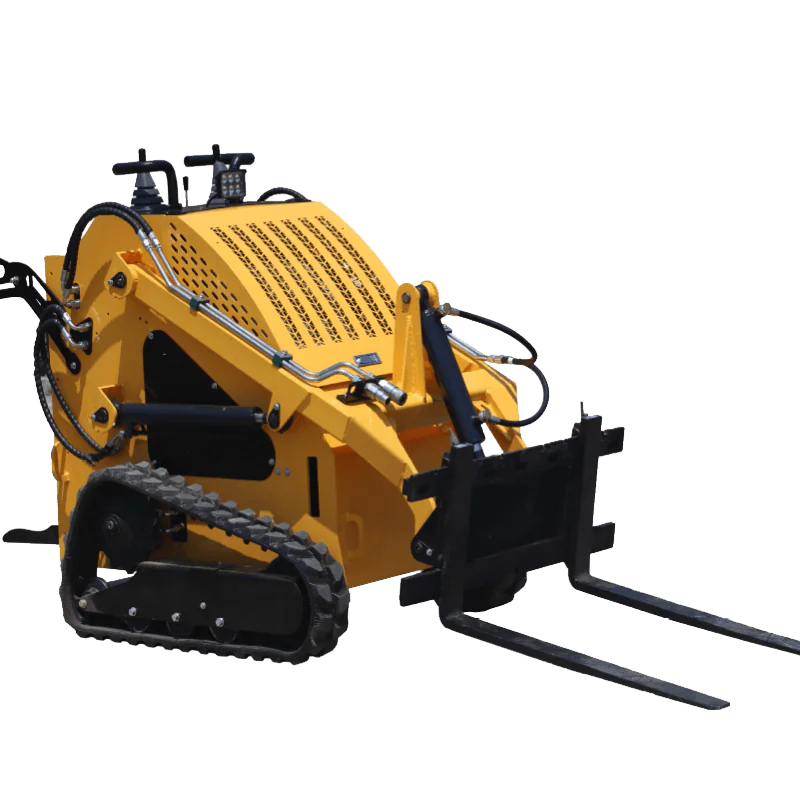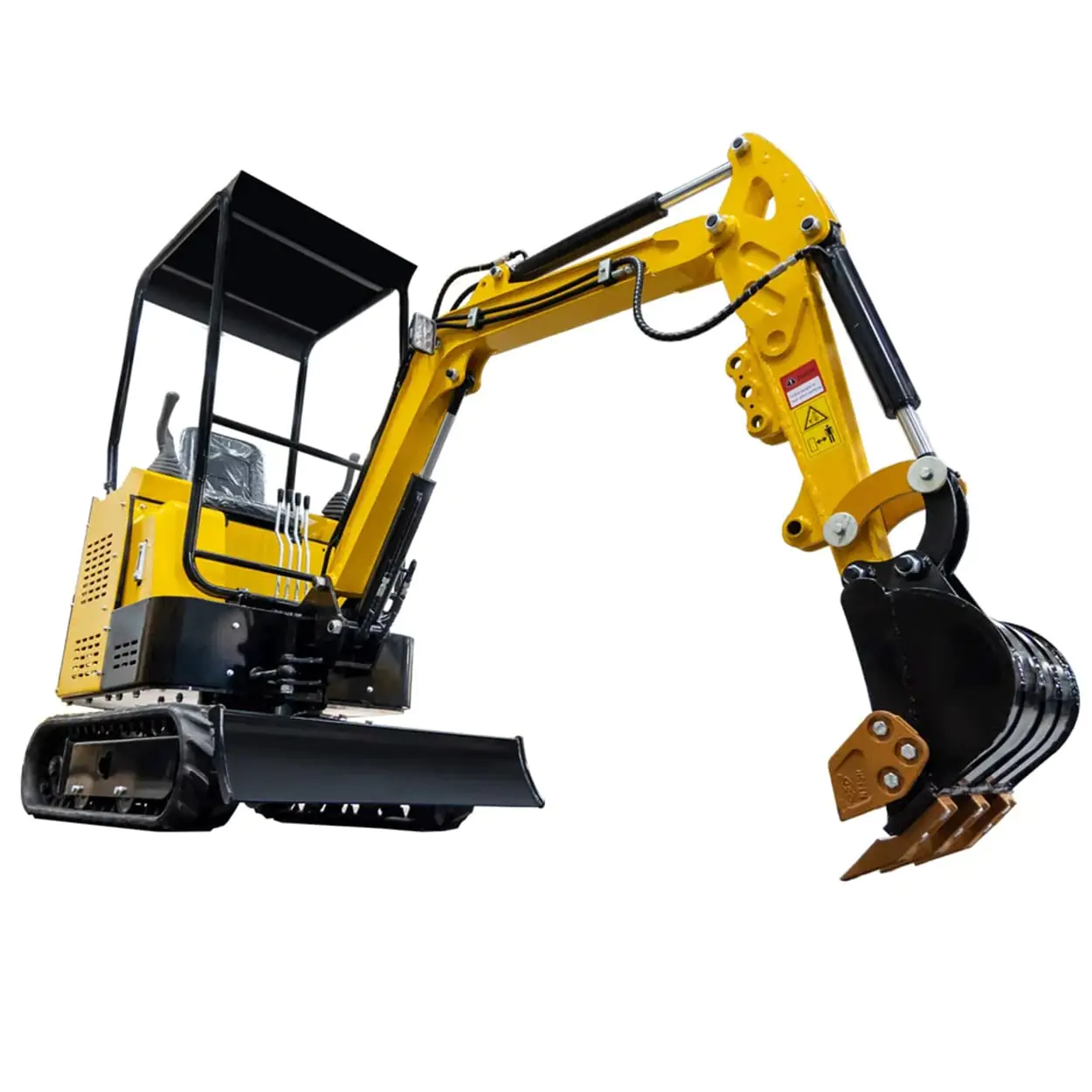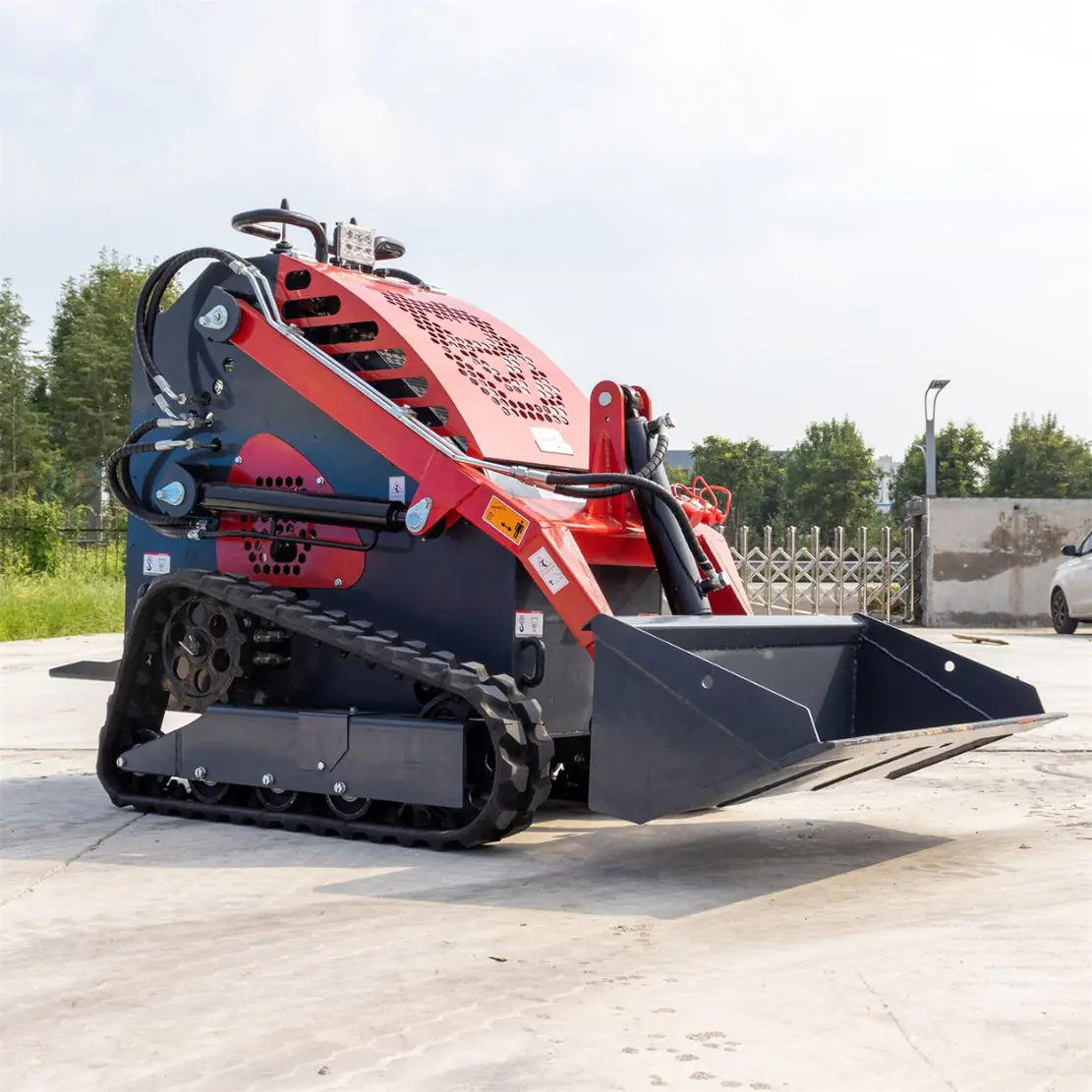When it comes to skid steer loaders, the bucket you choose can make all the difference in your equipment’s performance and efficiency. Whether you’re in construction, landscaping, or snow removal, selecting the right skid steer bucket is crucial for maximizing capacity and ensuring optimal operation. This comprehensive guide delves into everything you need to know about skid steer buckets, helping you make informed decisions for your specific needs.

Understanding Skid Steer Buckets
What is a Skid Steer Bucket and How Does It Function?
A skid steer bucket is a fundamental attachment for skid steer loaders, designed for a variety of tasks such as digging, grading, and material handling. The bucket attaches to the loader, allowing the operator to scoop, lift, and transport materials efficiently.
Why Bucket Capacity Matters
How Does Bucket Capacity Affect Productivity?
Bucket capacity, measured in cubic feet or cubic yards, determines how much material you can move in a single load. A larger capacity means fewer trips, enhancing productivity. However, it’s essential to balance capacity with your skid steer’s load capabilities to avoid overloading.
Types of Skid Steer Buckets
Exploring Different Bucket Types and Their Uses
- General Purpose Buckets: Ideal for everyday tasks like moving dirt or gravel.
- Snow Buckets: Designed with greater capacity to handle snow and light materials.
- Dirt Buckets: Built robustly for digging into tough soils.
- Light Material Buckets: Larger in size but intended for lighter materials like mulch or wood chips.
Selecting the right type ensures efficiency and longevity of both the bucket and the skid steer.
Material Considerations
Why Does the Material You’re Handling Matter?
The weight and density of the material impact the choice of bucket. Heavier materials like sand or wet soil require smaller buckets to prevent overloading, while lighter materials can be handled with larger buckets.

Determining the Right Bucket Width
How to Choose the Appropriate Bucket Width
The width of the bucket should match or slightly exceed the width of your skid steer loader. A wider bucket covers more ground but may be harder to maneuver in tight spaces. Consider the typical working environment when selecting width.
The Role of Material Weight
Understanding Material Weight for Optimal Performance
Material weight affects how much you can safely carry. Always refer to your skid steer’s specifications to ensure the machine can handle the combined weight of the bucket and the material.
Attachment Compatibility
Ensuring Your Bucket Fits Your Skid Steer
Not all buckets are compatible with every skid steer. Check the manufacturer’s guidelines to ensure the attachment will fit and function correctly with your machine.
Selecting for Specific Applications
Tailoring Your Bucket Choice to the Job
- Construction: Heavy-duty buckets for tough materials and frequent use.
- Landscaping: Versatile buckets that can handle a variety of materials.
- Snow Removal: High-capacity snow buckets to clear large areas efficiently.
Your application dictates the features you need in a bucket.
Maintenance and Durability
How to Extend the Life of Your Skid Steer Bucket
Regular maintenance, such as inspecting for wear and tear and replacing the cutting edge when necessary, prolongs the bucket’s life. Durable construction materials and proper usage also contribute to longevity.
FAQs About Skid Steer Buckets
Common Questions and Expert Answers
1. How do I calculate the bucket capacity I need?
Measure the volume of material you need to move and consider the density to ensure your skid steer can handle the load.
2. Can I use a larger bucket than recommended?
Using a bucket larger than recommended can overload your skid steer, leading to mechanical issues and safety hazards.
3. Where can I find specifications for my skid steer loader?
Consult your operator’s manual or contact the manufacturer for detailed specifications.
Conclusion
Choosing the right skid steer bucket enhances your machine’s efficiency, safety, and longevity. By understanding capacity, material considerations, and attachment compatibility, you can select a bucket that meets your operational needs and maximizes productivity.
Key Takeaways
- Bucket Capacity: Essential for efficiency but must match skid steer capabilities.
- Material Weight: Influences the size and type of bucket you should use.
- Bucket Width: Should align with your skid steer for optimal performance.
- Attachment Compatibility: Ensure your bucket is compatible with your skid steer model.
- Maintenance: Regular upkeep extends the life of your bucket and skid steer.
Equip yourself with the right knowledge, and you’ll find the perfect skid steer bucket to get the job done effectively.












